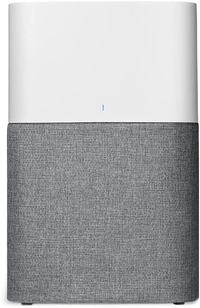Here's what's causing the dust in your bedroom, and expert advice on how to banish it for good
Bust the dust
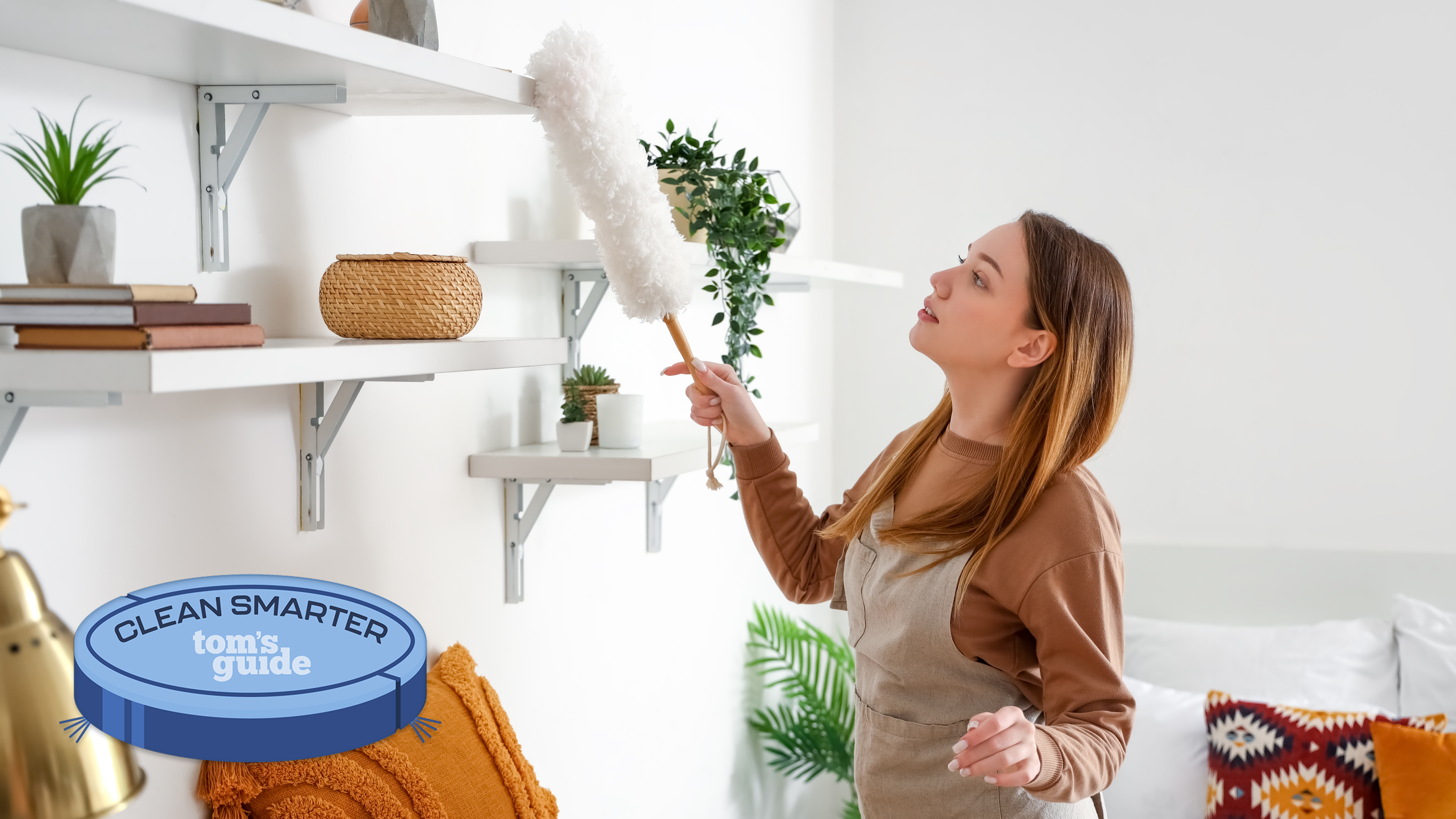
I clean through my house once a week, but I swear my bedroom gets dustier than any other room in my home, and I just don’t know why.
Apart from having to spend more time cleaning my bedroom, a dust buildup can impact a good night’s sleep. This can have a knock-on effect during the day when you don’t feel at your prime.
So why is the bedroom the dustiest room in the home, and how can you blitz the dust for a restful night? Firstly, it’s good to know what causes dust before you go about cleaning it up and finding ways to keep it under control.
What is dust?
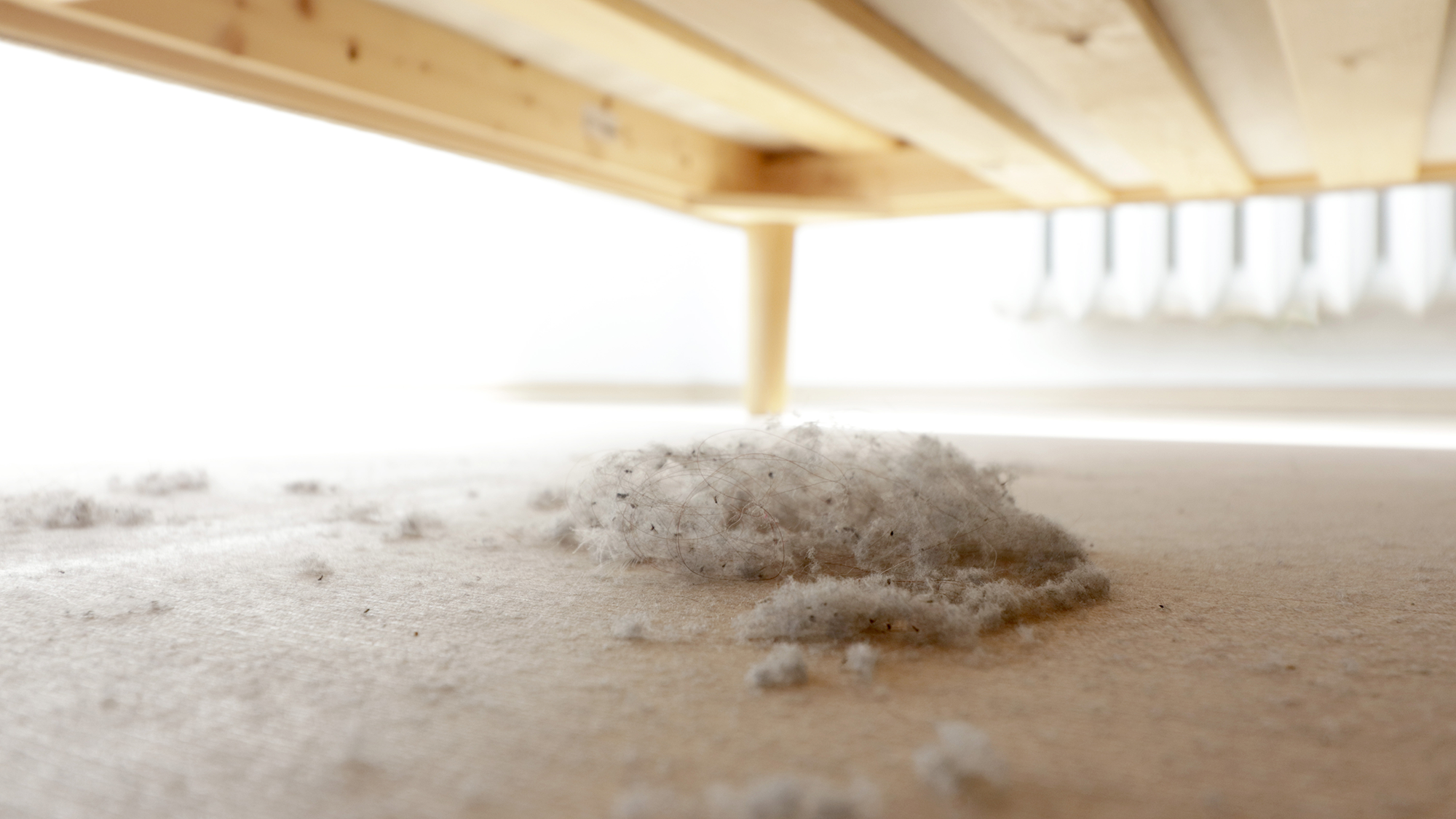
Nigel Bearman, managing director at Daily Poppins, says, “Dust is made up of tiny particles, including dead skin cells, dirt, fabric fibres, and, if you have pets, pet hair. When air circulation is poor, these particles settle on surfaces, leading to a buildup of dust over time.”
Besides making your bedroom look and feel unclean, dust can also trigger allergies, causing you to sneeze and preventing you from drifting off. The National Institute of Environmental Health Sciences (NIEHS) says the cause is dust mites, “microscopic insect-like pests that commonly live in house dust.”
Dust mites feed on dead skin or pet dander, and they are a big cause of allergens that can worsen allergies and asthma. The NIEHS says you’ll find them in mattresses, bedding, upholstered furniture and carpets throughout your home.
How can you prevent dust from settling in your bedroom?

However much we clean and find ways to avoid dust in our homes, some level of dust is inevitable — it would simply be impossible to live in a dust-free home.
Sign up to get the BEST of Tom's Guide direct to your inbox.
Get instant access to breaking news, the hottest reviews, great deals and helpful tips.
Nonetheless, we can make our lives easier and healthier by knowing what steps to take to clean it up and how to prevent a buildup in the first place, because a dusty bedroom could be one thing that's keeping your awake at night.
The BlueAir Pure 221+ Auto air purifier is suitable for large rooms and will clean dust, smoke and pollen. It came out as the best overall when we tested air purifiers for our buying guide. It's easy to operate, has three fan speeds, an auto mode and a night mode. You can also customise the bottom half of the appliance to match your room scheme.
Remove the clutter
Having a blitz on bedroom clutter will not only make cleaning your room quicker, it will also reduce the surfaces where dust can settle. “The fewer places dust has to land, the fewer spots dust mites have to breed,” says Bearman.
As an added advantages a decluttered bedroom can also help you fall asleep at night.
Keep your pets out
One of the simplest ways to reduce dust in your bedroom is to keep your pets out. However tempting it may be to snuggle up, you’ll have a healthier night’s sleep without pet dander disturbing your rest. If this is one step too far, ensure your pets have their own bed in your room, to keep their fur and dander off your bedding.
Vacuum frequently
“The simplest solution is to vacuum more often — aim for two to three times a week,” says Bearman, “This helps capture dust particles before they can circulate and settle.”
And if you have any pets, it's worth considering investing in a vacuum cleaner designed to tackle pet hair and dander, such as the Shark Rotator Pet vacuum, available at Amazon for $349.
Look beyond what you can see
“Many people clean only the visible areas of their rooms, but hidden spots tend to accumulate the most dust. Places like under your bed, on shelves, and the tops of your closets can gather significant dust. Be sure to give these areas extra attention, using a microfiber cloth to capture as much dust as possible.”
Only recently, to my shame, I pulled out a wicker trunk to discover that the reverse side was caked in dust. I’d been cleaning the front and sides, but had neglected the back.
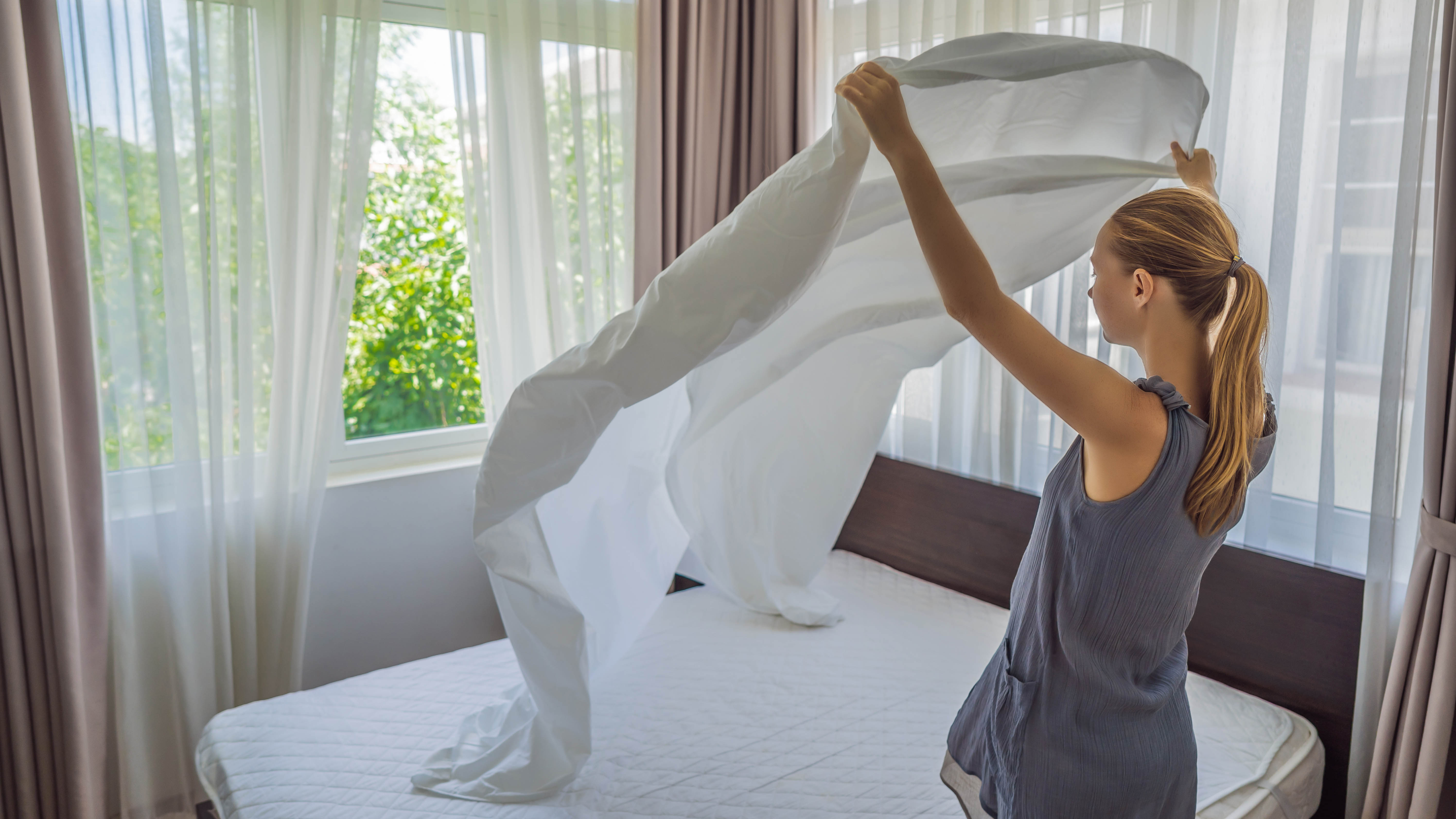
Wash bedding for a restful night
“Bedding is another major source of dust, as it collects dead skin cells and attracts dust mites — microscopic pests that feed on skin flakes,” says Bearman, “Washing your bedding in hot water once a week helps prevent these from building up.”
With one son that’s grown up with asthma and chronic eczema, I know how important it is to keep on top of washing your sheets. Even if you have one of the best washing machines and best clothes dryers, it’s well worth having spare sets of bedding so you don’t need to worry about washing and drying your only set in a day.
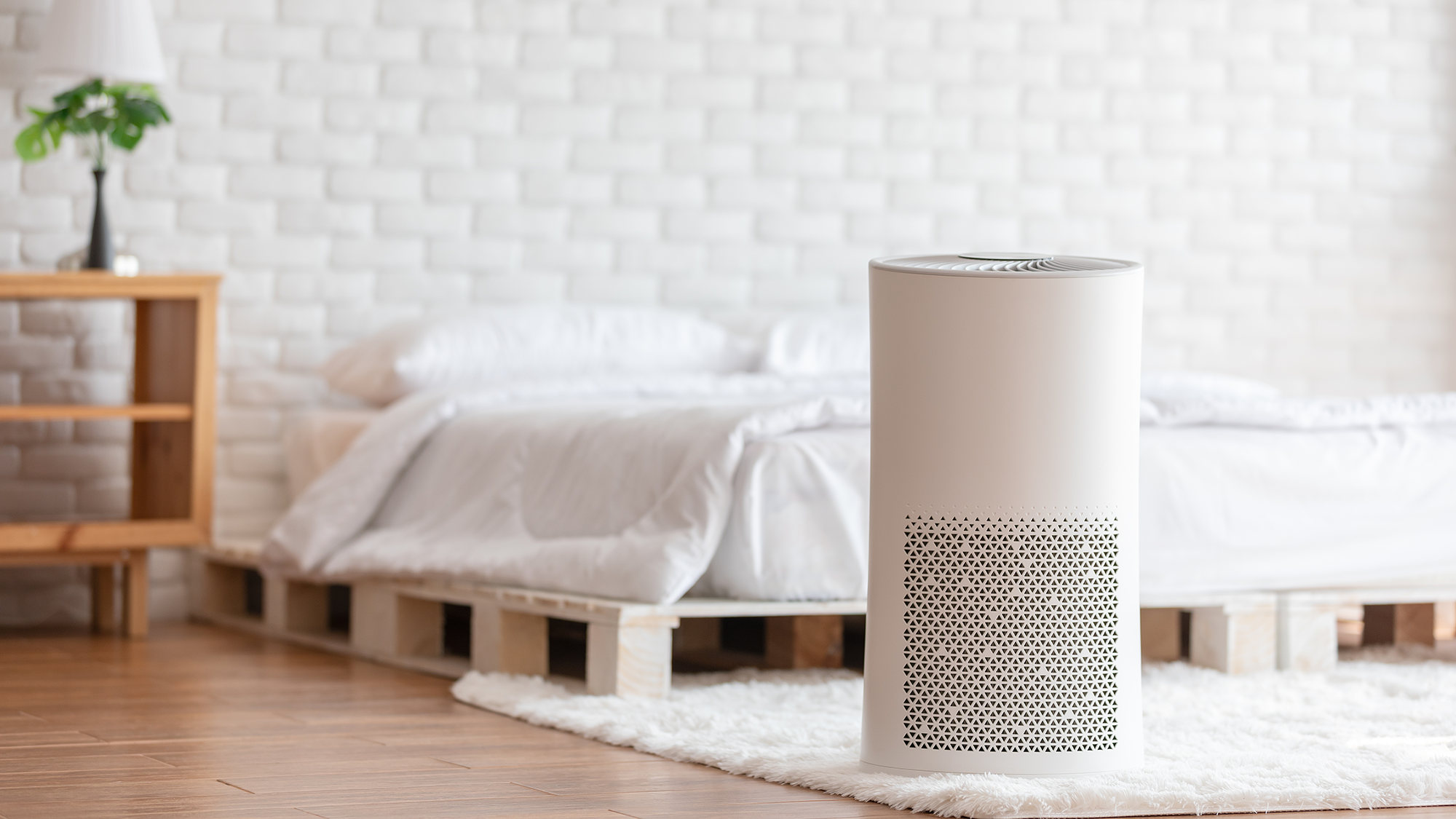
Bring in some tech
For added protection, you could also consider buying one of the best air purifiers with a HEPA filter. “HEPA filters trap airborne particles, removing up to 99.7% of dust whilst releasing clean air. However, while air purifiers are highly effective, they can be a significant investment, so it’s important to weigh your budget before purchasing one.”
And if you’re using an air purifier in the bedroom, remember to check the appliance’s noise level, as you’ll want to buy one with a low dB value to encourage a sound sleep.
Reduce humidity
A dehumidifer is another appliance that can help reduce dust. "Maintaining lower humidity in your bedroom makes the environment less hospitable for dust mites," says Bearman. "You can achieve this by using a dehumidifier or increasing ventilation in your room."
At Tom's Guide, Honeywell's 50-pint dehumidifier, is our top recommendation in our best dehumidifer buying guide, available at Amazon for $259.
What cleaning products are good at removing dust?
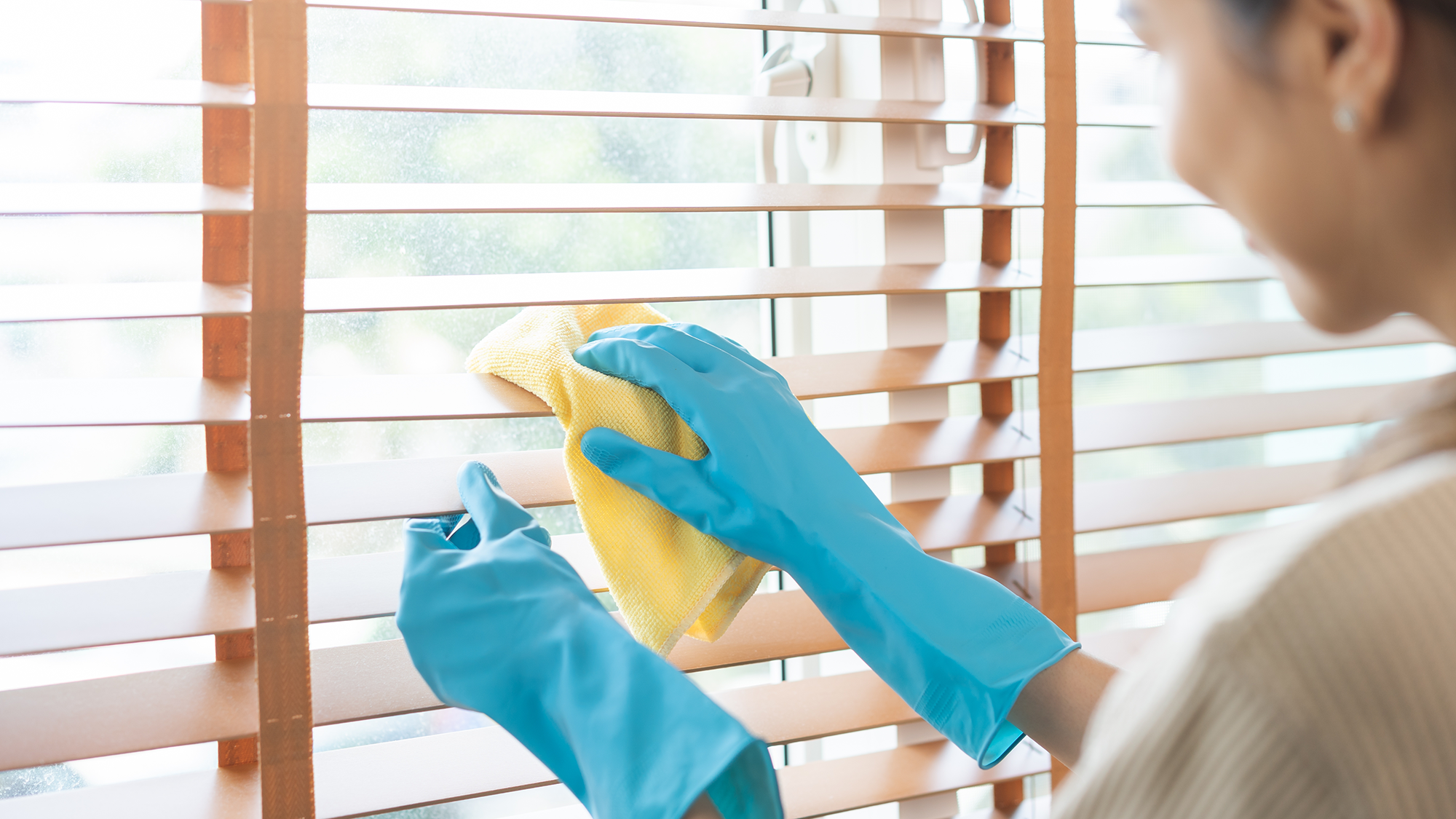
While using one of the best vacuums cleaners will get rid of dust on your floor and rugs, you'll need other gadgets to remove dust from furnishings curtains and a whole host of other objects that adorn your bedroom. Here are a few top items that Bearman recommends.
Microfiber clothes
The Homes team at Tom’s Guide always promotes the benefit of using microfiber clothes for all sorts of cleaning chores, and Bearman agrees. “Microfiber cloths are a must-have in any cleaning toolkit,” he says, “The material naturally attracts dust, making it easy to remove.”
They are also versatile, “After dusting, you can use them for washing dishes, polishing windows, and general cleaning,” he says.
However, they are not the only cleaning aid you’ll need to clear the dust in your bedroom, as you’ll struggle to clean hard-to-reach areas, such as the top of shelves and curtain poles.
Extendable microfiber dusters
When a simple microfiber cloth won’t reach, Bearman suggests using an extendable microfiber duster. “They are ideal for reaching high areas like ceiling fans, shelves, or the tops of closets,” he says, adding, “Like microfiber cloths, the fibers attract dust, making it easy to remove particles from these hard-to-reach spots.”
You could try the OXO Good Grips Microfiber Extendable Duster, for $17 at Home Depot.
A damp cloth
Another method to remove dust is using a damp cloth. “The moisture helps trap dust particles, preventing them from spreading into the air, making it especially useful for those with allergies,” says Bearman.
However, he warns against soaking the cloth, as excess water can damage surfaces.
More from Tom's Guide

Camilla Sharman has worked in publishing and marketing for over 30 years and has covered a wide range of sectors within the business and consumer industries both as a feature, content, and freelance writer.
As a business journalist, Camilla has researched articles for many different sectors from the jewellery industry to finance and tech, charities, and the arts. Whatever she’s covered, she enjoys delving deep and learning the ins and out of different topics, then conveying her research within engaging content that informs the reader. In her spare time, when she’s not in her kitchen experimenting with a new recipe, you’ll find her keeping fit at the gym. In the pool, stretching at a yoga class, or on a spin bike, exercise is her escape time. She also loves the great outdoors and if she’s not pottering about in her garden, she’ll be jumping on her bike for a gentle cycle ride.
You must confirm your public display name before commenting
Please logout and then login again, you will then be prompted to enter your display name.
